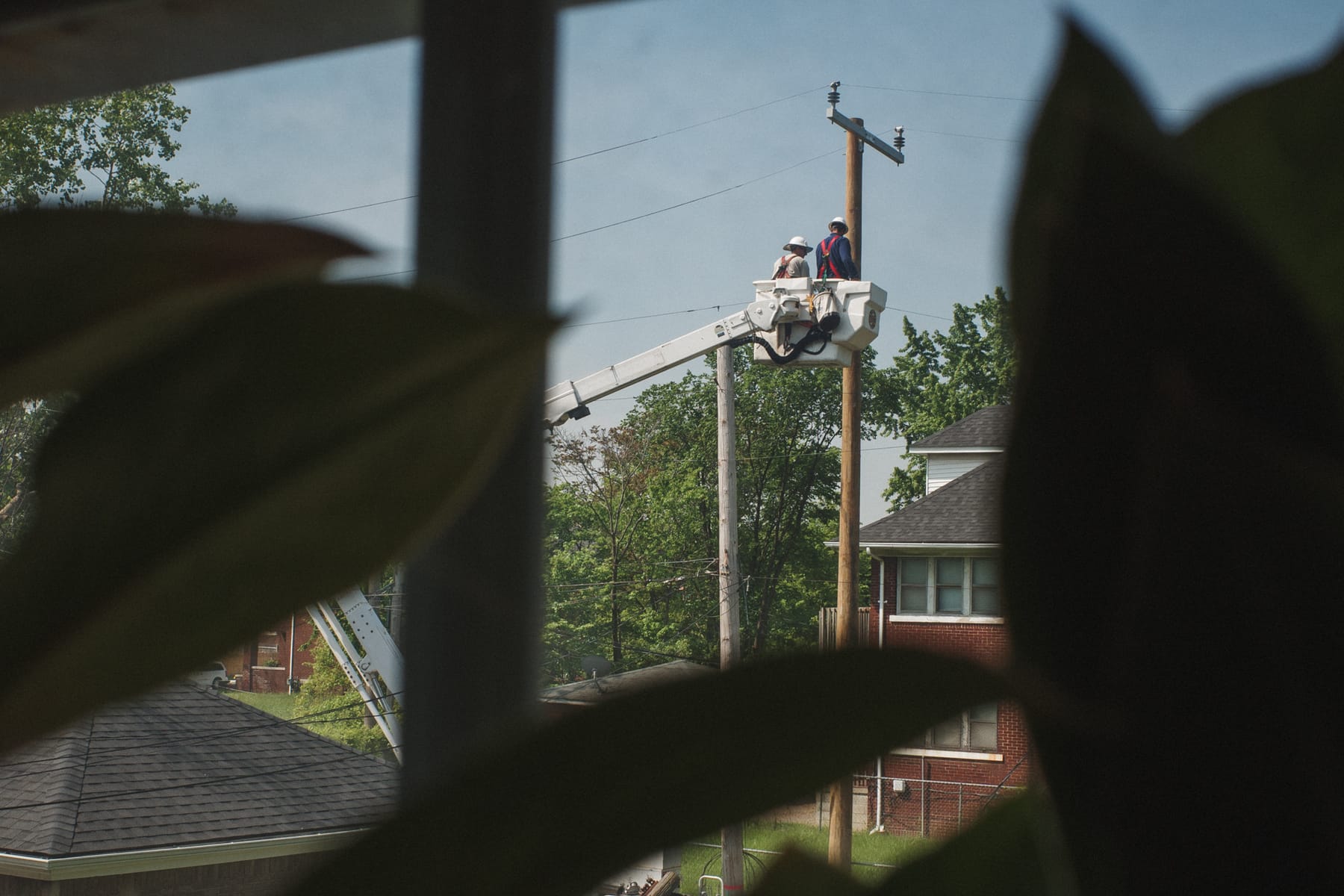I finished Deb Chachra’s eye-opening book, How Infrastructure Works, and it coincided neatly with our current streak of evening Bruce Willis movies. If infrastructural systems are Odes to Boring, where “nothing happens, and nothing continues to happen, as a result of sufficient attention, specialized care, and unceasing oversight,” then the Die Hard films are all about things happening. The bad guys are constantly out to thwart, for financial gain, the infrastructural systems of a particular setting – a building, an airport, New York City – whereas John McClane’s prime virtue is his ability to see the invisible, to flow with instead of try to circumvent these systems. The fifth film in the series, A Good Day to Die Hard, is the least successful because it misses this key element of what makes Die Hard Die Hard. Without it, you have just another action thriller.
Which other films similarly expose the heroically (and sometimes sinisterly) invisible? Maybe Contagion. Maybe the second half of Shin Godzilla. Definitely the title sequence of Lord of War. Let me know any others come to mind. Or even better: Add them them all to a Letterboxd list. Call it systemic sublime.
The Daylight Computer took over my feed for a good half day last week. While the website and photo/videography are indeed beautiful, I consider e-ink’s slow refresh rate a feature, not a bug (the Daylight uses a “paper-like” transreflective LCD to attain that buttery smooth 60fps, which only makes me appreciate the technology of plain paper even more!).
My Spidey Sense also goes off anytime a company or product claims to “redefine our relationship with our devices” – and that’s even without invoking Tolstoy and Maya Angelou. But we are distracted girls, living in a Screen Time world. Call it calmwashing.
While I’m riffing on week-old tech news, the Scarlett Johansson/Open AI thing, plus getting to sit in on this year’s Building Beauty cohort’s final Studio presentations, hit home this point: Collective visions are hard. It’s difficult enough to come up with a vision of how you see your own life twenty, thirty years from now. But to develop one that’s also shared by your community – even if that community is your own household – is tougher by far.
When tech companies emulate Her or other decades-old science fiction ideas, it’s a form of cosplay. I don’t mean that a derogatory way (especially as someone who dressed up as Theodore Twombly for Halloween). More that it’s seems driven by the same impulse as every kid doodling their favorite cartoon characters. When we’re so enthralled with a particular vision, we want to fold it into our own reality.
Fiction is a backdoor into a communal vision. A novel – maybe every novel – is a prototype of the future. And if the ideas that tech companies are pursuing feel stagnant, feel from the same old paratactic lists, maybe it points to a shortage of compelling fictions for what the world could be.
(Cue Ursula K. Le Guin speech.)
We rewatched The Fifth Element as part of our Bruce-a-thon and it remains one of the weirdest, least-stagnant sci-fi visions. Here’s an oral history from the film’s 20th anniversary.
Jack
